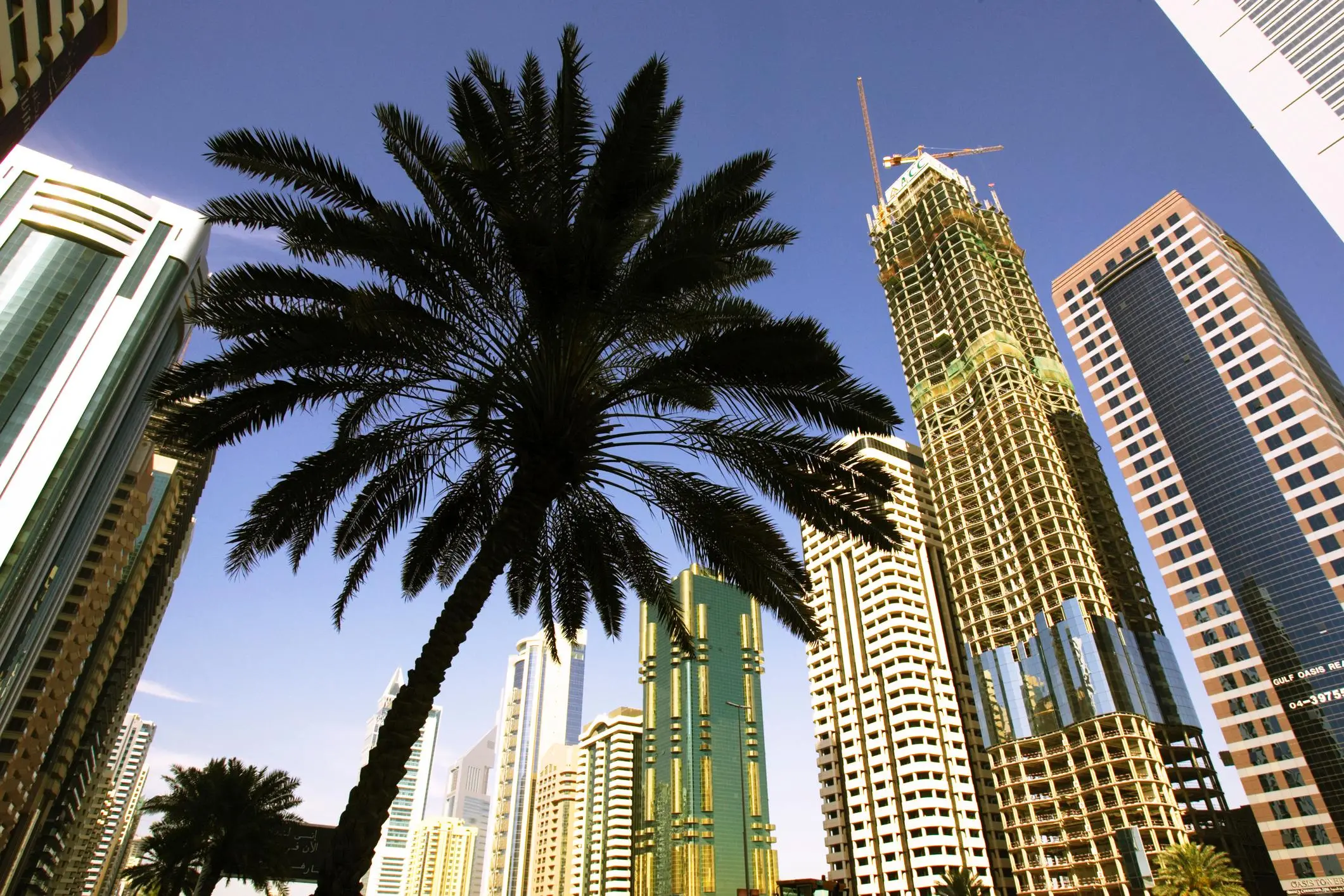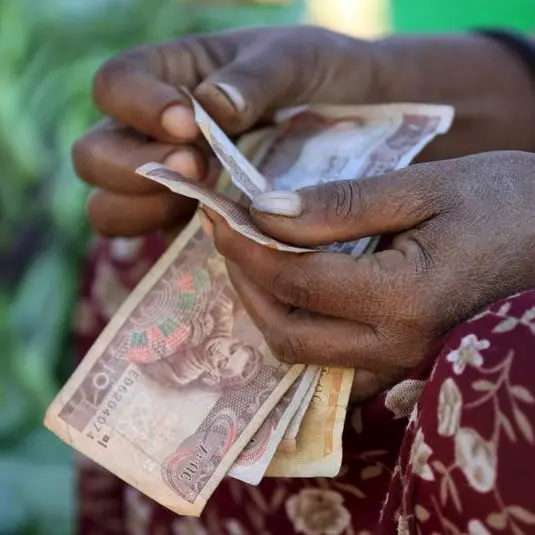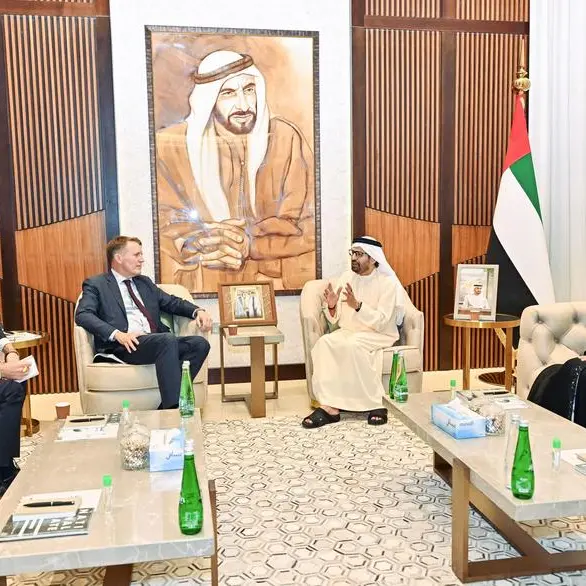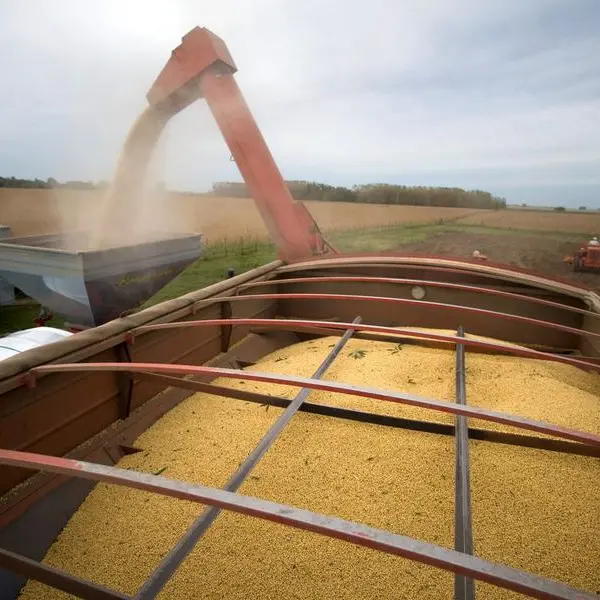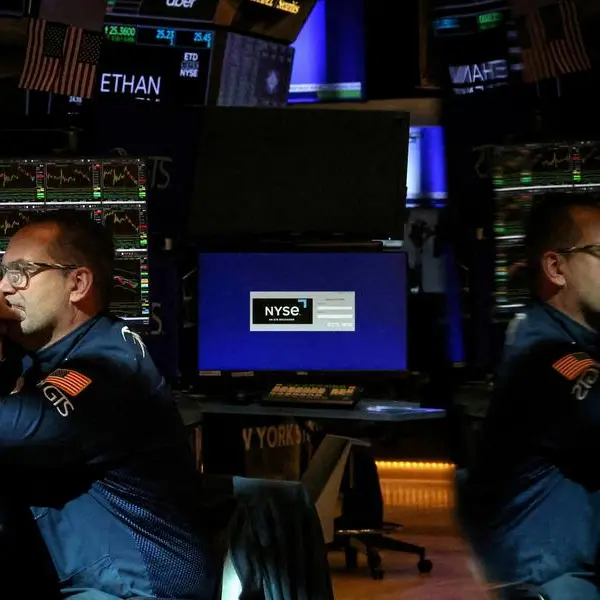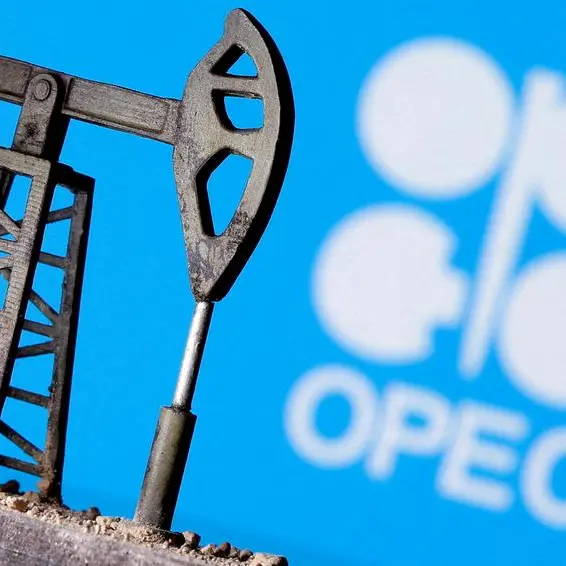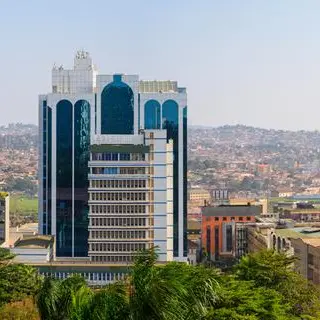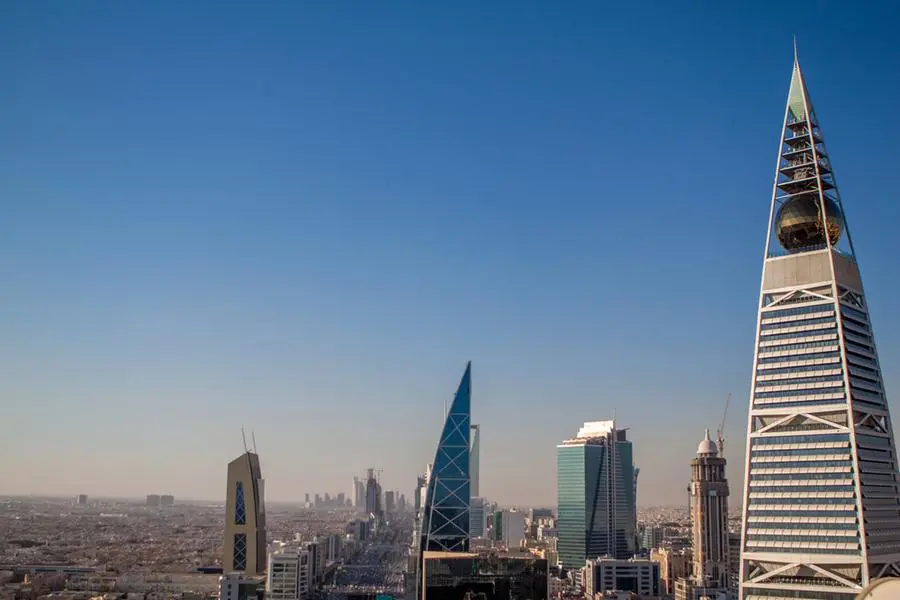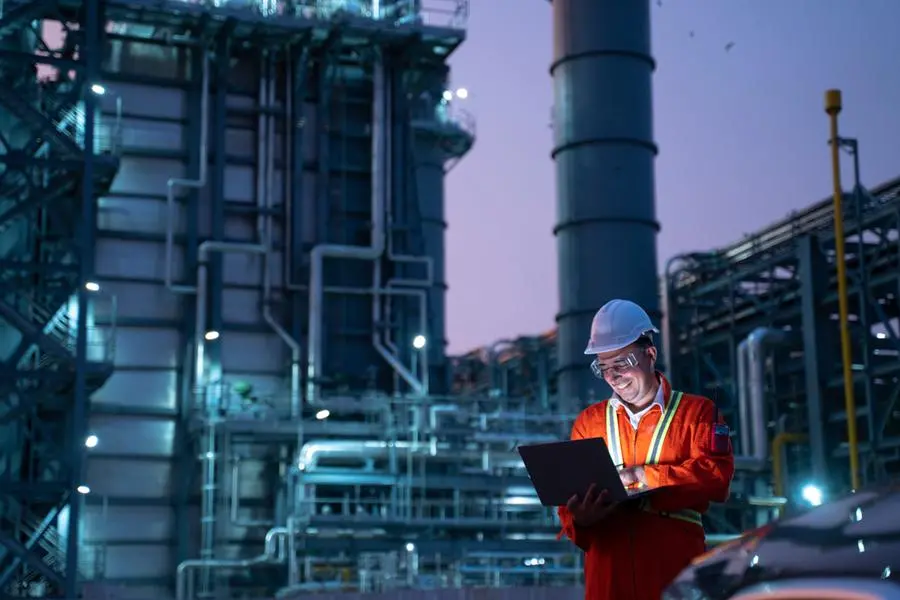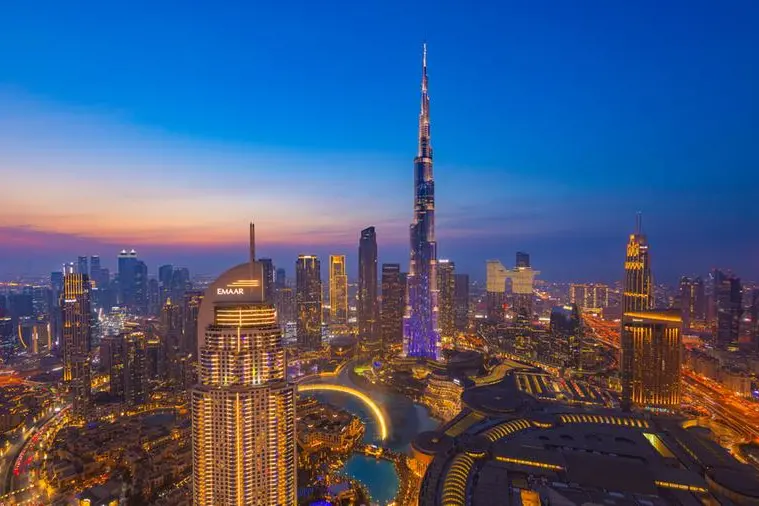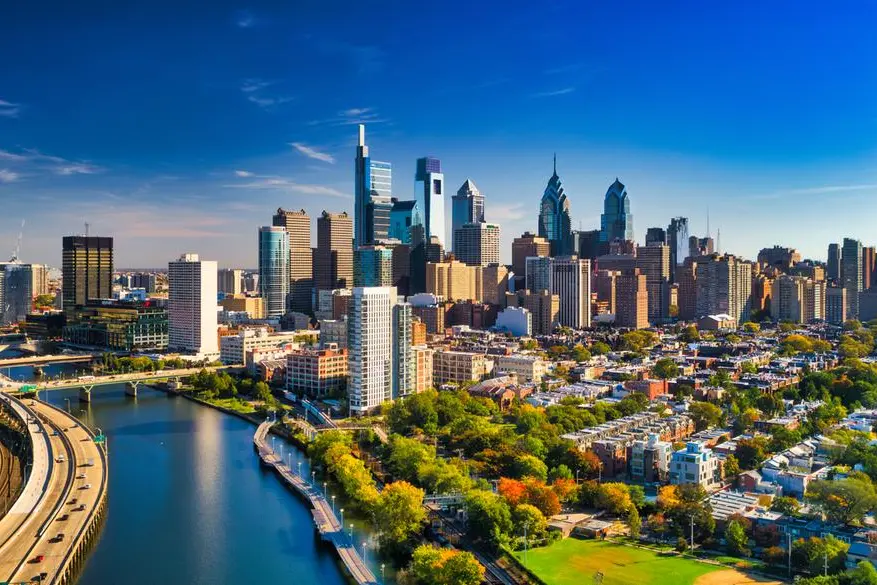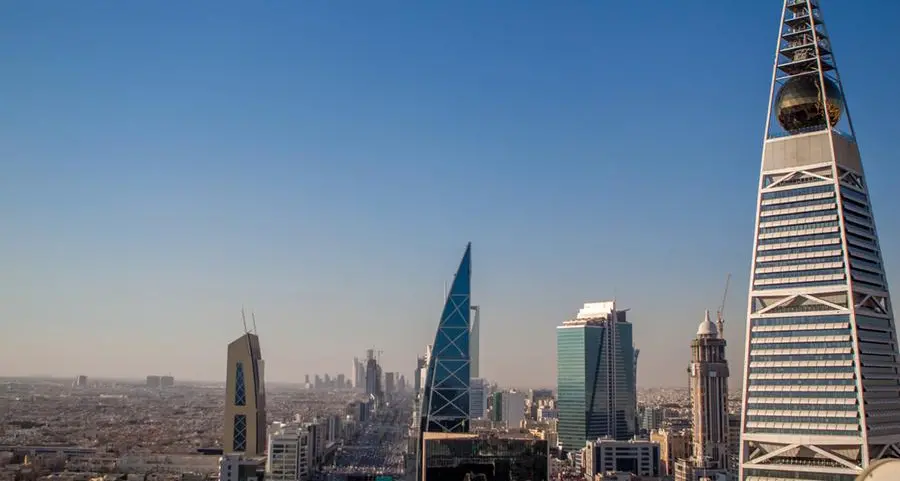PHOTO
United Arab Emirates, Dubai, skyscrapers on Sheikh Zayed Road. Image for illustrative purposes.
The GCC countries are marking a turning point in 2018 as their economies overcome two difficult years of a low oil price environment and various austerity measures, economists and analysts said.
While the combined GDP of the GCC is expected to hit 2.4 per cent from 0.1 per cent last year, expanding at the fastest rate since 2015, the wider Middle East region's GDP is expected to grow 2.9 per cent in 2018, up from 1.1 per cent in 2017.
Mohamed Bardastani, ICAEW economic advisor and senior economist for Middle East at Oxford Economics, said Middle East economies are recovering from the difficult years of a low oil environment, various austerity measures and geopolitical risks.
"But more reforms are required to address the fundamental problems that have plagued so many countries of the region for so long, including reducing high unemployment rates, promoting fair competition and better regulation, investing in talent and strengthening women's legal rights," said Bardastani.
The region's overall economic outlook looks positive this year and in 2019, thanks to the rising oil prices (forecast at $67 per barrel), expansionary fiscal policy and relative improvements in the overall security conditions, according to ICAEW. For oil exporters, economic activity is expected to pick up, driven by two main factors - rising oil prices and increased government spending.
In the GCC, the UAE and Saudi Arabia are expected to have additional revenues in the wake of the introduction of value added tax. "While, GCC's GDP overall is expected to accelerate this year, in 2019, as the Opec phases out its output cut, the growth is expected to surge further for oil exporters."
Meanwhile, the region's oil importers will benefit from relative improvements in security conditions and political stability.
In the UAE, the non-oil economy continues to purr along at the start of 2018, analysts at FocusEconomics said. "The non-oil PMI was well in positive territory in January thanks to greater output and new orders from home and abroad, while employment growth was the fastest in 12 months and wage growth picked up. On the downside, real wages are likely to come under pressure from higher inflation this year following the introduction of five per cent VAT on January 1. The hydrocarbon sector continues to be held back by the Opec oil production cuts, although the recent significant uptick in oil prices is good news for the already solid fiscal position."
"On the back of higher oil prices, the slew of 2018 budgets presented by different emirates and the federal government over the last few months are more fiscally expansionary, with Dubai's budget containing a notable uptick in infrastructure spending as part of preparations for the 2020 World Expo," FocusEconomics panelists said.
They expect the UAE GDP to rise 2.8 per cent in 2018, which is down 0.2 percentage points from last month's forecast, and 3.2 per cent in 2019.
"Growth should rise sharply this year, as higher oil prices support confidence and financial conditions. The non-oil sector will also benefit from capital spending on the Dubai 2020 World Expo, while a looser fiscal stance will provide further impetus. Downside risks stem from regional instability and potential oil price volatility."
Michael Armstrong, ICAEW regional director for the Middle East, Africa and South Asia, said the outlook for Saudi Arabia's economy looks positive thanks to reforms and rising oil prices. "However, various challenges remain such as rising living costs for households and higher input costs for businesses. Sustainable and effective countermeasures would mitigate the adverse impacts."
Household spending will be weighed down by the five per cent VAT and rising living costs as a result of higher electricity tariffs and gasoline prices introduced in January. Saudi inflation is expected to reach four per cent this year, up from -0.3 per cent in 2017. For businesses, levies on expat labour and rising input costs pose additional challenges. While on the monetary policy side, the expected three rate hikes in the US this year will translate into higher interest rates in Saudi given the US dollar peg - this would raise the cost of borrowing for businesses and consumers alike.
"Oman's economy looks positive in the short term but more efforts are needed in order to build a sustainable economy. There are real opportunities in the non-oil sector, especially in the tourism sector. But the continuing absence of a clear succession plan is worrying," said Maya Senussi, ICAEW economic advisor and senior economist for Oman at Oxford Economics.
"Overall, the Oman's GDP is forecast at 3.6 per cent this year, up from just 0.2 per cent in 2017."- issacjohn@khaleejtimes.com
Copyright © 2018 Khaleej Times. All Rights Reserved. Provided by SyndiGate Media Inc. (Syndigate.info).
